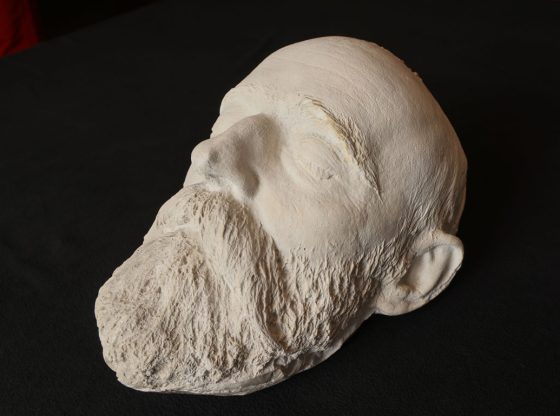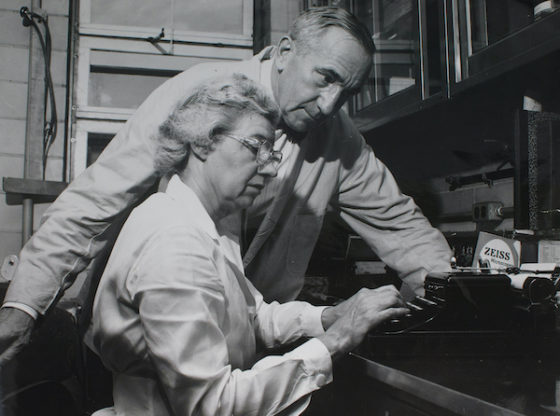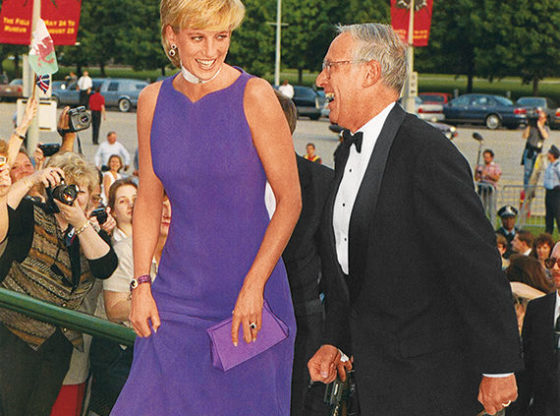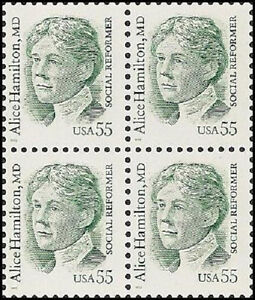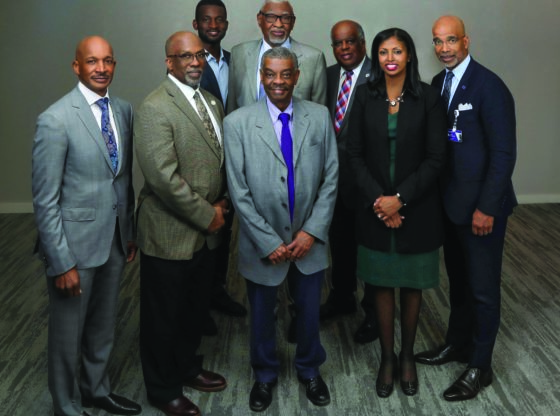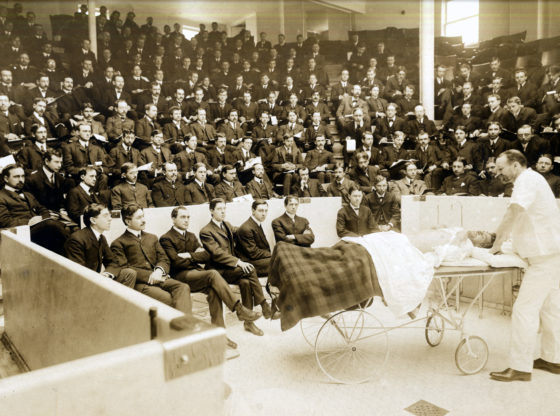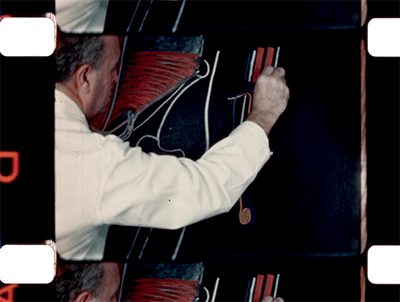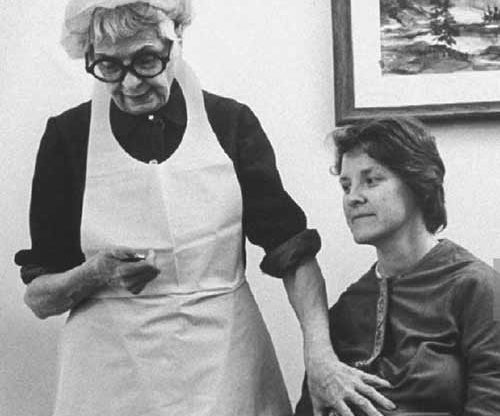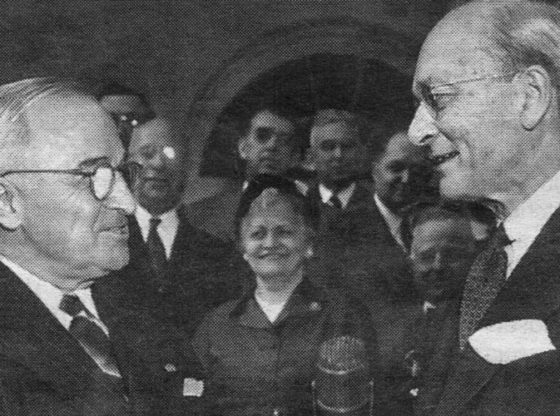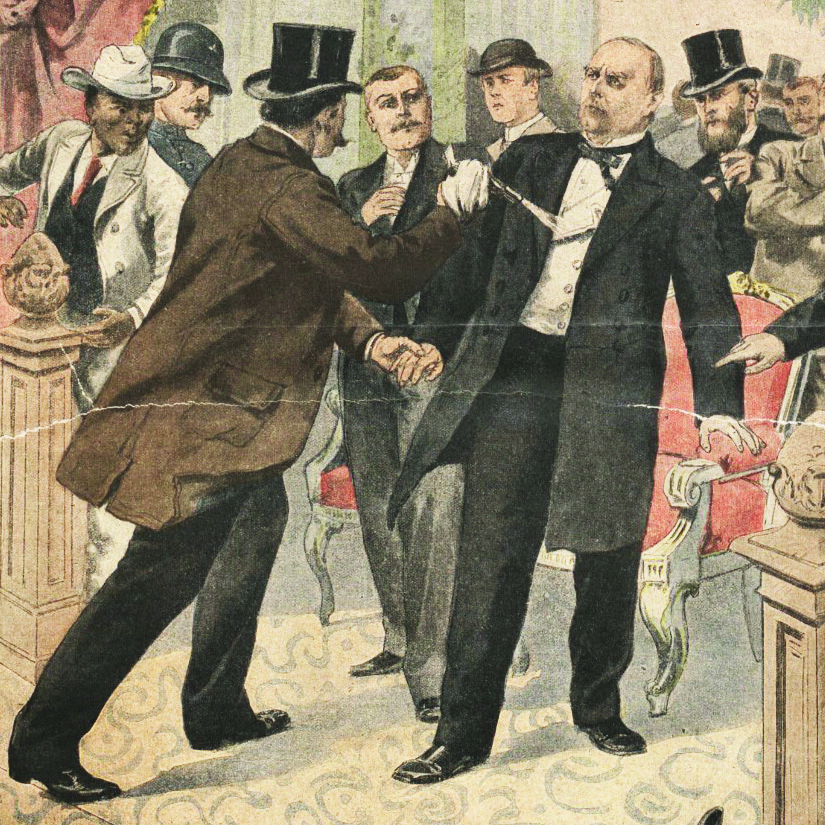
Two Feinberg alumni aided in efforts to save President William McKinley in 1901
On September 6, 1901, people lined up to shake the hand of President William McKinley at the Pan-American Exposition in Buffalo, New York. Usually, people greeting the president had to do so with an empty, open hand. Because of the heat of the day, many people held handkerchiefs to wipe sweat from their faces, and the rule was not enforced.
Leon Czolgosz, a 28-year-old self-described anarchist, approached McKinley with a small revolver hidden under a handkerchief in his right hand. He shot McKinley twice in the abdomen at point-blank range.
The president was rushed to the exposition’s hospital, which was equipped with a rudimentary operating room. The exposition’s medical director, Roswell Park, was away at the time. The physician put in charge, Matthew D. Mann, MD, attempted to find and remove the bullets but only found entry and exit wounds in McKinley’s stomach, which he stitched up.
Two Northwestern alumni were present in the operating room with McKinley: Roswell Park, MD, an 1876 graduate of the medical school, and Willis D. Storer, MD, an 1888 graduate.
After receiving his MD, Park completed an internship at Cook County Hospital, where he developed a skill for treating gunshot wounds. He then taught anatomy at the Woman’s Medical College of Chicago and Chicago Medical College (the precursor to the Feinberg School of Medicine) for five years before becoming professor of Surgery at the University of Buffalo. He is best known today for founding the Gratwick Laboratory in 1898, which eventually became the Roswell Park Comprehensive Cancer Center.
Park had been appointed the medical director of the 1901 Pan-American Exposition. On the day McKinley was shot, he was 20 miles away in Niagara Falls performing a delicate neck operation. A train was sent to bring him back to Buffalo; on its return trip, it broke the record for the fastest time traveled between the two cities. Unfortunately, Park arrived as the operation was nearly complete. Given his expertise in the treatment of gunshot wounds, many people speculated that the outcome may have been different if he had been there from the beginning.
Willis D. Storer, MD, spent 40 years as a physician in Chicago, including as an attending physician at Maurice Porter Hospital, the precursor to Ann & Robert H. Lurie Children’s Hospital of Chicago. He moved to Los Angeles in 1930 and continued his medical practice. Storer attended the Pan-American Exposition as the guest of M. Coney, MD, who oversaw the Paris Incubator Hospital exhibit at the fair. Although accounts differ, it is clear that Storer ended up in the Exposition Hospital that day. In an article for the Chicago Daily Tribune, he remarked that all the physicians present agreed that McKinley needed to be operated on and that the usual antiseptic precautions were taken.
For nearly a week, McKinley seemed to be getting better, but he died in the early hours of September 14. A subsequent autopsy revealed that a bullet had passed through his stomach, then through his colon, also damaging his kidney, adrenal glands, and pancreas. Modern scholars generally believe he died of pancreatic necrosis (a sudden inflammation of the pancreas, in this case caused by trauma), which is difficult to treat even with modern medicine and would have been impossible to treat in 1901.
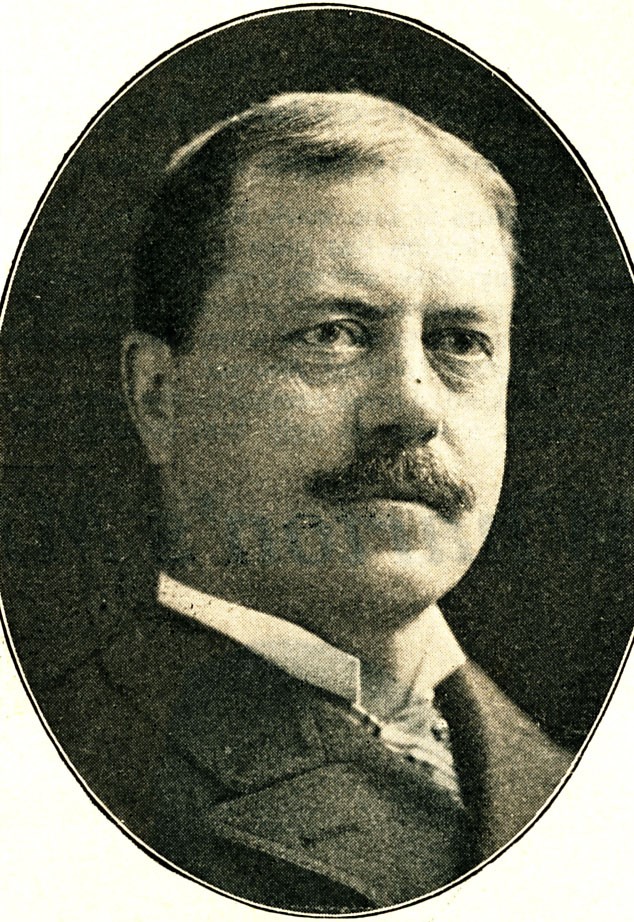
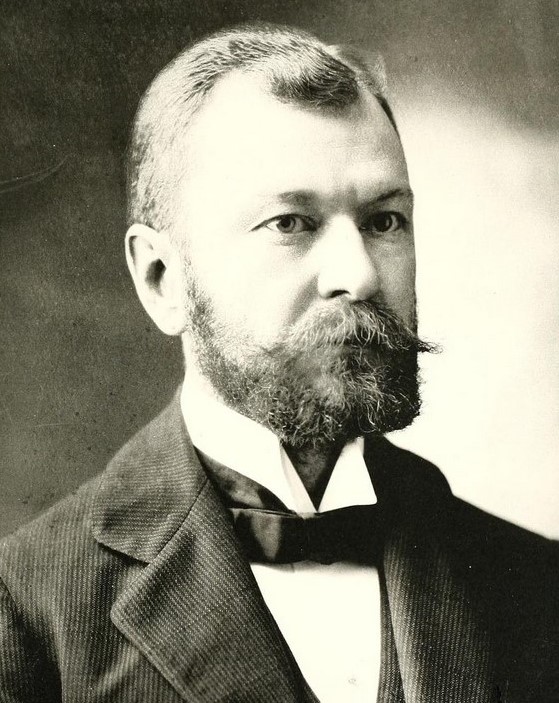
Emma Florio is the special collections library assistant at the Galter Health Sciences Library and Learning Center. To read the full article, visit galter.northwestern.edu.

